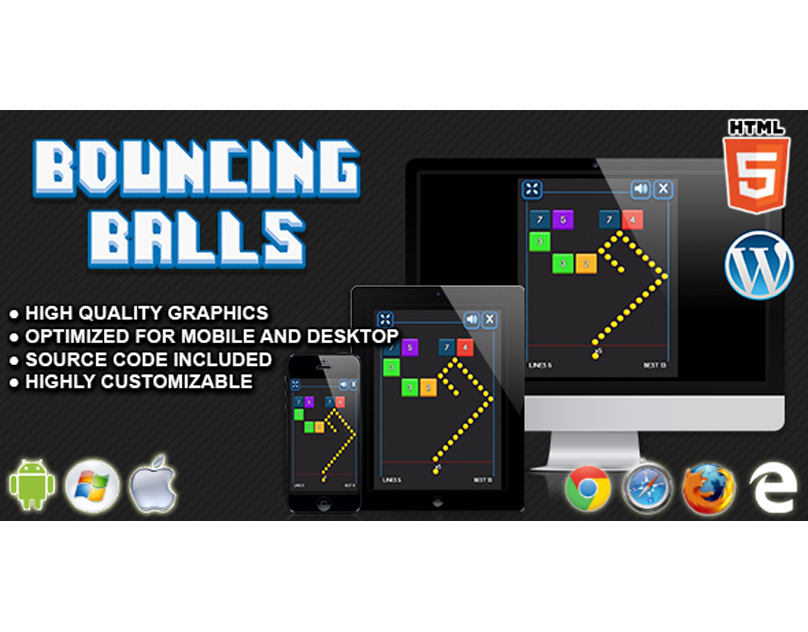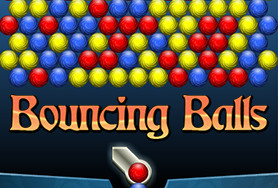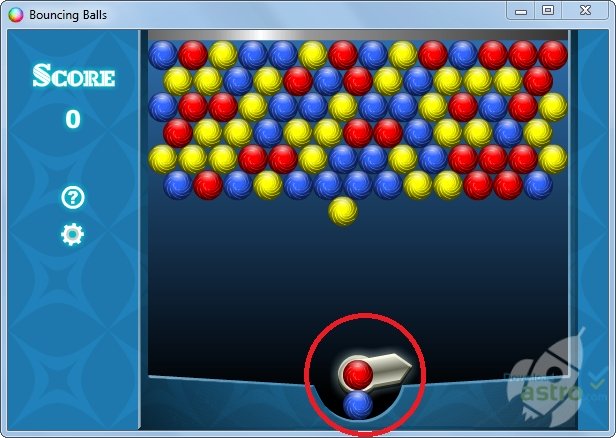

- #Mini clip bouncing balls game how to
- #Mini clip bouncing balls game install
- #Mini clip bouncing balls game full
WHAT YOU LEARN FROM PLAYING BOUNCING BALLS Instead of throwing them around randomly, try aiming to set up groups that limit vertical stacks to two or three balls at a time to keep them from hitting the bottom. If you’re stuck with a color that doesn’t match any groups of two or more, you’ll have to place it somewhere on the board. Use those bigger color groups to anchor in excess balls before knocking them out. When you clear a group higher up in the chain, the balls below will fall too. It can be a bit tricky to find the perfect angle before shooting, but the more you try this trick out, the better you’ll get at detecting them!

This is a good strategy to use when you’re trying to place a ball into a tight spot. You can use the walls around the screen to bounce balls into place. The faster you clear the board the more points you’ll get! The game ends when a ball hits the bottom. Clear all of the balls to get to the next level. Destroy the balls by shooting them into groups of three or more.
#Mini clip bouncing balls game install
install mocha in this project npm install mocha.

#Mini clip bouncing balls game how to
#Mini clip bouncing balls game full
Known issue: In "vertical" space/direction when the bottom is full with balls (when there is no space for a new ball) adding a new ball will make all balls go crazy (jumping randomly).More description of the physics you can find inside the code, for example, when the balls collide these formulas are used, link.The simulation is not a 100% real-world simulation, because there are many more factors for moving/colliding in the real world like the ball spinning, the softness of balls, the type of walls, even the weather, and sound waves have influence in the real world.The local width is always 100 local units, and the height is always 66.6667 local units. Because of that, the whole physics engine (all maths and logics inside) works with local coordinates/units.The canvas is responsive, with help from CSS media queries.The canvas is updated (redrawn) 60 times in 1 second.(also touch screens/devices are supported, the same rules are used for touch events) With a mouse click on the canvas a new ball is created, aim with holding the mouse down and moving it (drag the mouse further from the start point for greater speed), shoot the new ball with releasing the mouse button.Simple bouncing balls simulation using plain JavaScript.ĭrawing in HTML Canvas, also plain CSS is used.


 0 kommentar(er)
0 kommentar(er)
